The Jeepney, the undisputed King of the Road in the Philippines! Read on to learn more about its origins and how to ride it – if you ever visit ‘The Pearl of the Orient Seas’! The Philippines is known around the world for many things; for athletes like the highly successful Manny Pacquiao, there are the colorful Fiestas like the Sinulog and the Masskara Festival, the diverse Filipino cuisine, and of course, there’s the Jeepney.
Simply called as “Jeep” by most Pinoys, these colorful examples of mechanical ingenuity can be seen all across the country from Luzon to Mindanao and even in other countries like Papua New Guinea where around 4000 units were exported in 2004.
These tough, capable, yet very colorfully designed vehicles are used daily for a wide array of purposes by Filipinos from all walks of life. And one of the purposes that the Jeepney is mostly used for is for public transportation.
IMAGE: MLIU92/FLICKR
So how did the Jeepney become a Filipino cultural icon? Why is it recommended by a lot of travel bloggers as a must-try activity if you ever visit this island country of Southeast Asia? Read on our short guide to the famous Philippine Jeepney to get the answers to all those questions!
Jeepney In The Philippines – A Trip Through Time
As you might have already made out from the design of the Jeepney’s front end and of course, from its name, these vehicles were based on the 1943 Willys MA Jeep and the Ford GPW. Both of which were used by the U.S. military during World War II to great effectiveness as General Purpose vehicles or G.P. for short. A designation which then evolved to the word Jeep.
IMAGE: MISTERDODG/FLICKR
During the end of the war, a lot of these military Jeeps were left behind to the hands of Filipinos who needed these considering that public transportation and other related infrastructure like roads had been destroyed.
A black market of sorts even popped out courtesy of an enterprising American soldier, and thus hundreds and perhaps even thousands of these vehicles along with other military surplus equipment were sold.
During the 1950s, when the Jeepney had become very popular, the Philippine government at that time decided to regulate them. To this day, drivers and operators using the Jeep as a public utility vehicle must procure “franchises” that indicate a particular route and a regulated fare price.
IMAGE: STEFAN MUNDER/FLICKR
In recent years, however, the Jeepney industry has been facing challenges. While more and more of Jeepney manufacturers have disappeared, the current ones are faced with the need to modernize in lieu of increasingly tighter pollution controls and traffic congestion mitigation laws.
There is even a government plan for the total modernization of the Jeepney by providing their current operators with a new vehicle platform. Some have begun to use these environmentally friendlier “Jeepneys,” but most are quite resistant to the change by stating the financial cost of acquiring these newer vehicles.
In contrast to a modernized, Euro IV compliant “modern jeepney”, a traditional Filipino jeepney is very cheap to acquire. A typical cost of a Jeepney unit from a reputable manufacturer like Sarao Motors hovers around USD 7,702 (Php 400,000) to USD 15,405 (Php 800,000 range).
That range of cost is in consideration of the Jeepneys customizability and the sheer number of individual parts you can choose from. The fancier the jeepney in looks and in components, the higher the price.
The Vehicle Itself – Jeepney Decorations, Engine & Performance
Way back in the Jeepney’s history, early examples were not much different than the Military vehicles they were based on. Most used the same mechanical parts, with the main difference being the rear compartment, which was converted into bench type seats that were lengthier and were parallel to each other with an aisle at the center. This way, it can now carry more passengers, and the aisle can even be used to transport cargo.
As more of these vehicles were being produced, fewer and fewer examples of overtime had been using the original Willys and Ford parts, which were becoming harder to come by. Instead, many have turned to Japanese manufactured engines and under-chassis components, usually, those made by Isuzu and Toyota.
IMAGE: THEGUARDIAN
Today, while most are still using those rigid yet strict leaf spring suspensions, the engine choices and transmissions can range from just efficient enough to the downright ludicrous. According to automotive experts at Philkotse.com, one of the biggest car websites in the Philippines, some over the top examples would be the infamous Bugo Liners from Cagayan de Oro and the Barako Jeepneys from Batangas.
‘Over the top’ because quite a number of these actually have supercharged or turbocharged engines, so if you’re a bit apprehensive about that, they’re easy to spot and avoid courtesy of their loud, forced induction engine whines. Also, these booster Jeepneys are quite rare.
IMAGE: MEASURE OF MIKE/FLICKR
Courtesy of the Jeepney Modernization drive of the Philippine government, there’s even a couple of electric powered examples. These, despite not looking like a Jeepney at all, are called e-jeepneys. They do not come with the typical noise and fumes associated with the traditional jeepney, and they only take around eight hours to fully charge using a regular house outlet.
When it comes to building quality of the bodies of these Jeepneys, it’s quite varied. While there is a widely accepted “shape” to these vehicles, the only limit to a manufacturer’s or an owner/driver’s Jeepney performance, quality, and design would be their imagination and their mechanical capabilities.
As a result, certified clunkers are operating out there that you have to watch out for as these do “roll-out coal” on the regular. Some are also squeaky rust buckets. Or worse, both. In terms of decorations, no two Jeepneys are the same.
Think of them as hot-rods; while there is a somewhat accepted body shape, the sky’s the limit when it comes to how they are made, what kind of parts they’re using, and how they’re painted and decorated. And most often, the makers, as well as the drivers of these machines, take great pride in their Jeepneys, so they are always working on something to make theirs stand out.
This is much reflected in the myriads of colors and decorations being sported by these vehicles. Some are quite plain with shiny, galvanized iron body panels, while some are wilder and are clad with images of varying quality. Some display popular Hollywood movie characters, religious symbols, and quotes (mostly Catholic), and a few are even shout-outs to more niche stuff like cartoon characters and also Anime.
The Filipino Jeepney: The Culture Behind The Vehicle
Considering that the Jeepney as a form of public transport is manufactured and operated solely in the Philippines, Filipinos will always be proud of it. It is considered a symbol of resilience, ingenuity, and of course, the Filipino’s artistry. And yes, the Jeepney in the Philippines, specifically the ones made by Sarao Motors, even had the honor of being shipped overseas to be displayed as art pieces in London and many other places.
For the harried Filipino commuter, just seeing one approaching a stop with the right route is a great relief. As such, it has also become a symbol for accessible mobility for the masses, seeing that Jeepney fares are relatively cheaper than any other alternatives like taxis, ride-hailing services, etc.
IMAGE: ROMAN HOBLER/FLICKR
While the Jeepney has indeed become a Filipino cultural icon, some places have indeed begun to shift into the Filipino government’s modern alternative. As such, the identity and the very survival of the traditional Filipino Jeepney might be on the verge of extinction. So while it still exists, it might be your experience of a lifetime to take a ride on these colorful vehicles!
IMAGE: BEEGEE49
A Tourist Destination Unto Itself
Even for Filipinos, just seeing and riding on a tricked out jeepney is something to write home about, and most often than not, some drivers will accommodate your questions about their beloved machines if they have the time.
So if you find yourself in the Philippines, don’t hesitate to take a ride on these vehicles for a genuinely Filipino experience. It might not be the most comfortable vehicle experience per se, but coming from a Filipino such as myself, it indeed does provide a unique perspective, especially when seeing the country for the first time.
IMAGE: PULAW/FLICKR
Jeepney drivers are multi-taskers at heart. While driving, it’s also their job to take a passenger’s fare, count change, and of course, keep track of passengers who haven’t paid yet. More careful drivers though will want to focus on the driving as such, operating a Jeepney is sometimes a two-person operation; one guy drives, another guy collects fare and while occasionally signaling the driver by banging on Jeepney’s body panel to indicate whether a passenger wants to get off or on. While the job of operating the Jeepney sounds like a lot to take in, being a passenger, on the other hand, is a bit easier. To make it effortless, though, here’s a guide on how to ride a Jeepney.
So How Do I Ride A Jeepney In The Philippines?
1. Plan Your Route
Unlike taxis and ride-hailing cars, which you can tell where to go, Jeepneys in the Philippines typically have a pre-set route that they do not deviate from. If you have no clue or when you’re at a place where there are no jeepneys, just ask the locals who most often than not are willing to direct you to a place where there are jeeps with the right route.
IMAGE: MISTERDODG/FLICKR
In most cases, your hotel’s concierge, a security guard, or a police officer are quite familiar with jeepney routes, so they’re the first choice of who you will want to talk to. Also note than that, especially in some provincial cities, some routes are “vice-versa” round trips, so if for some reason you don’t get off, you might end up where you started from. This is great for joy rides, but not great if you want to get to a specific place in a hurry.
2. Get On The Jeep Quick And Get Off Quicker
Most jeepney driver’s income can be dependent on the number of trips they can make in a day. So most often, they also value their time. As such, it would be prudent for you to make haste when boarding or getting off. Find an available seat and sit down immediately because some drivers tend to start driving suddenly, and you don’t want that to happen while you’re still standing.
IMAGE: THE GUARDIAN
Take note though that despite a typical Jeepney’s size, it’s actually tight inside, especially with other passengers around, so be careful not to step on a fellow passenger’s foot or elbow another passenger’s face.
3. Squeeze In
While many Jeepneys will have a manufacturer specified full-load of passengers, most drivers will want to fill the vehicle as much as possible to maximize profit. As such, be prepared to squeeze in tight. For Filipinos and a lot of other Asians, personal space isn’t much of an issue at all. So don’t be shy to squeeze in.
4. Paying Your Fare – Jeepney Philippines Price
In Jeepney terminals, a guy might be tasked to collect your fare. Otherwise, though, a passenger must seek the help of other passengers to hand over the fee to the driver. Take caution when you do this and take your chance to hand over your fare if the driver isn’t busy changing gears or maneuvering a tight turn to not redirect the driver’s focus.
Some useful phrases for these will be “pasuyo po” which translates to “favor please.” Or “bayad po,” which is something like “here’s my fare/payment.” Say these while handing your fare to a nearby passenger. These are useful, especially if you’re too far away from a driver.
IMAGE: THE GUARDIAN
You should also remember to prepare at least the same amount or a bill close to your fare’s amount, particularly in the mornings. Typically, Jeepney Philippine’s price ranges from 20 cents (Php 10) or less than 5 cents (Php 1.99) per kilometer.
There’s usually a fair price card posted somewhere inside a jeepney or better yet, just to make sure, you can also ask other passengers or the driver himself.
5. How To Stop
While some Filipino passengers will signal their stop by knocking on the Jeepney’s interior to make a sound, a more polite way is simply voicing it out. Useful phrases you can use are; “para po” or “tabi lang po.”
The first one directly translates to “please stop,” and the latter is “pull over please”. Also, if you have a destination already in mind, it’s pretty useful to alert the driver ahead of time as most Jeepneys cannot stop on a dime due to using simple drum brakes.
IMAGE: BEEGEE49/FLICKR
6. Renting A Jeep
If you’ve got some extra cash on hand, another way to experience a hassle-free jeepney riding experience is to rent it out. This will cost you from 70 to 100 USD (Php 4,000 to Php 5,000) a day, excluding the driver’s meals. In the provinces, those fees might more or less be cheaper.
This is pretty useful if you’re a large group, say 10 – 12 people, along with the intention of visiting multiple tourist sites. Also, it might be wise to choose a Jeepney with wide windows as some are configured to the Filipino height. Trust me; you wouldn’t want to be crouching down all the time just to get a view.
IMAGE: THORSTEN MARTENS/FLICKR
For your convenience, here are some noteworthy Jeepney rental services located in Metro Manila.
1. Gerry’s Jeepney
Address: Pasig, Metro Manila
Contact Number: (02) 746-0465
2. Jeepney Tours Manila
Address: San Miguel Avenue, pasig, 1605, Metro Manila
Contact Number: (02) 636-6644
3. ARKILAtravel – Ladion Tourist Transport services
Address: Lower Mt. Pinatubo, Amity Ville Subdivision, San Jose Rodriguez, Rizal
Contact: (02) 998 1387
Jeepney In The Philippines – Other Considerations When Riding
When riding a jeep, it’s best to avoid flaunting your prized possessions. Do avoid taking pictures out of a jeepney’s window with your phone or with a camera, especially in slow traffic. This is because while the Philippines is a culturally rich destination populated by friendly people, there are still a lot of unscrupulous folks out there.
Also, it’s a wise move to place your back-pack or whatever kind of bag you are using in front of you on your lap. It saves space, and it offers some means of protection from snatchers and the like. Remember that the Philippines, particularly in major cities, have certifiably epic rush hours.
This is due to the fact that a lot of people from the provinces have flocked to cities like Metro Manila, Metro Cebu, Davao City, etc. increasing their respective populations far more than what these cities’ infrastructure can handle. And who can blame these folks as opportunities are abundant in these cities.
So to enjoy a hassle-free jeepney ride that won’t stress you out, we highly recommend riding for fun after 10 p.m and before 5 p.m. Or better yet, if you have the time, go to a nearby province to enjoy a jeepney ride which isn’t constantly beset by traffic. And lastly, long commuter queues typical of city rush hours are absent in the provinces.
Jeepney In The Philippines – Pictures
IMAGE: JOCELYN PAIGE/FLICKR
IMAGE: LIVEINTHEPHILLIPPINES.COM
IMAGE: THE GUARDIAN
IMAGE: THE GUARDIAN
If you are interested in even more lifestyle-related articles and information from us here at Bit Rebels, then we have a lot to choose from.
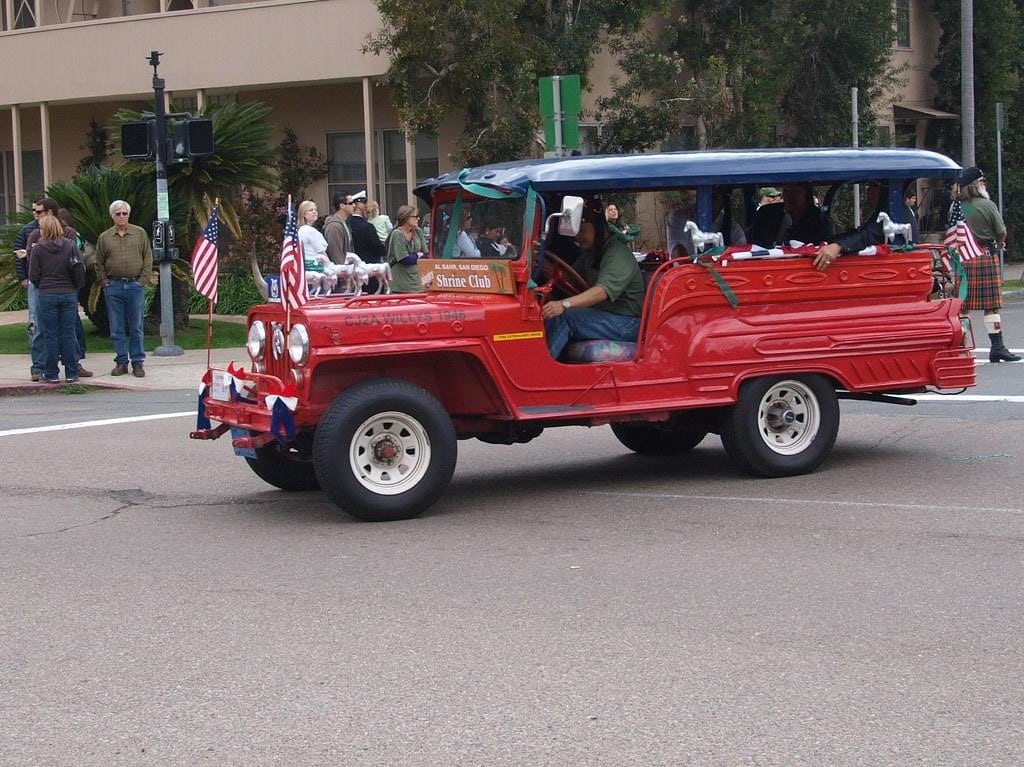
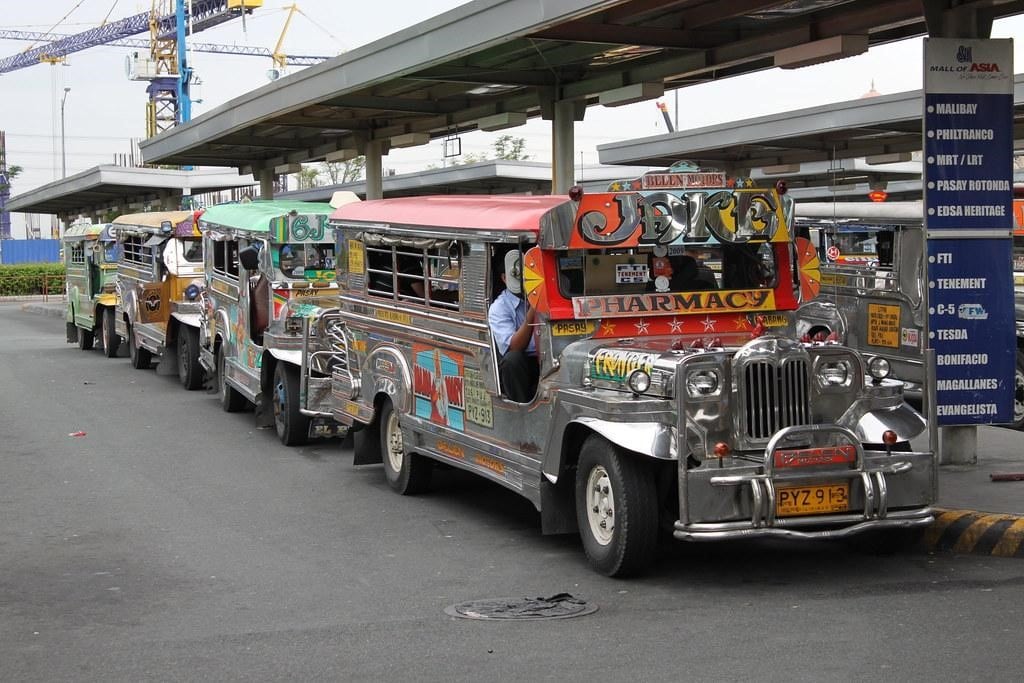
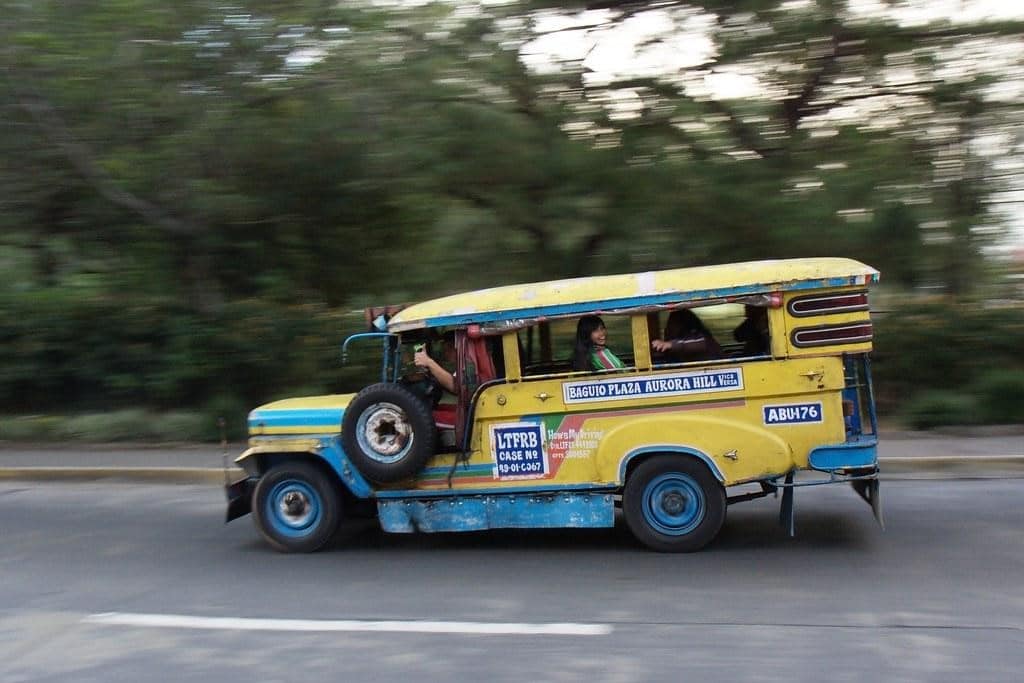
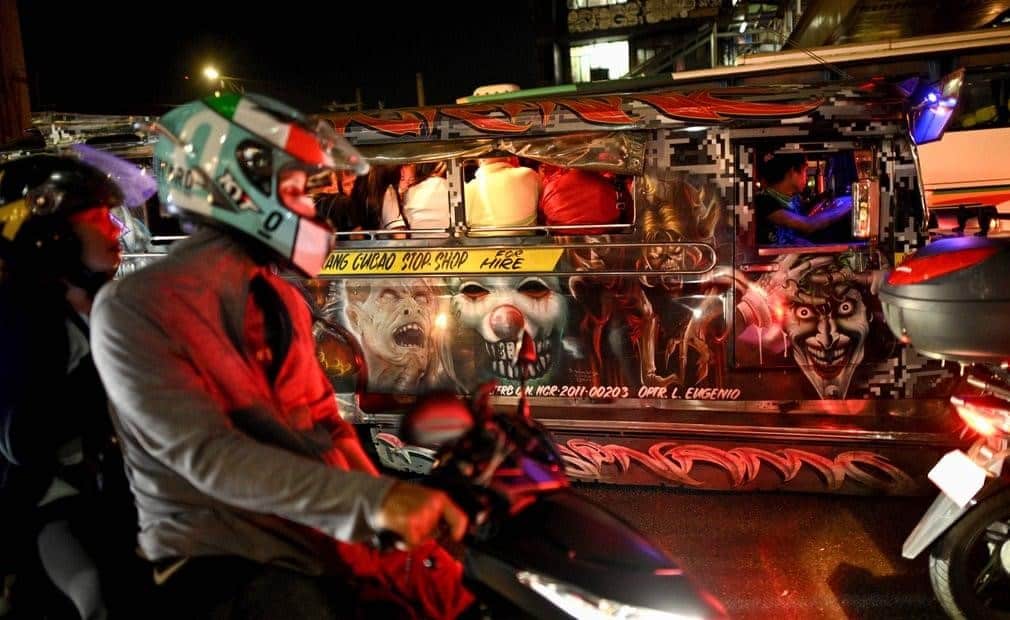
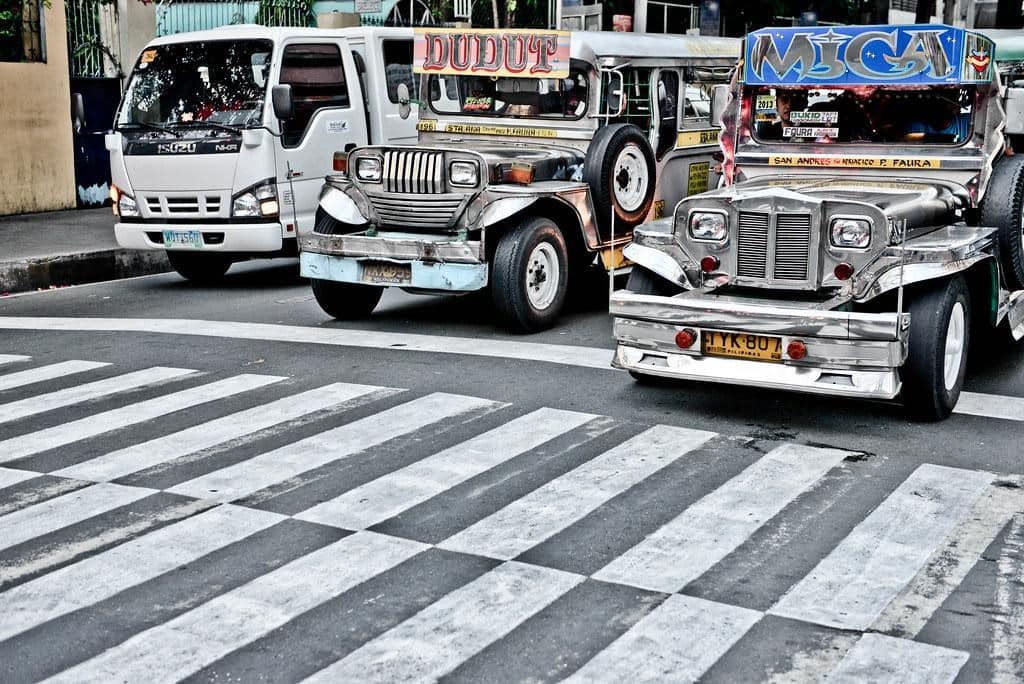
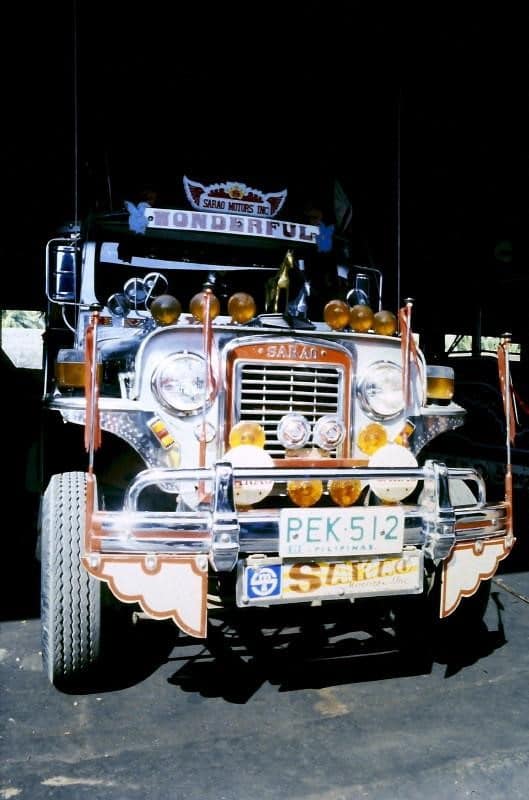
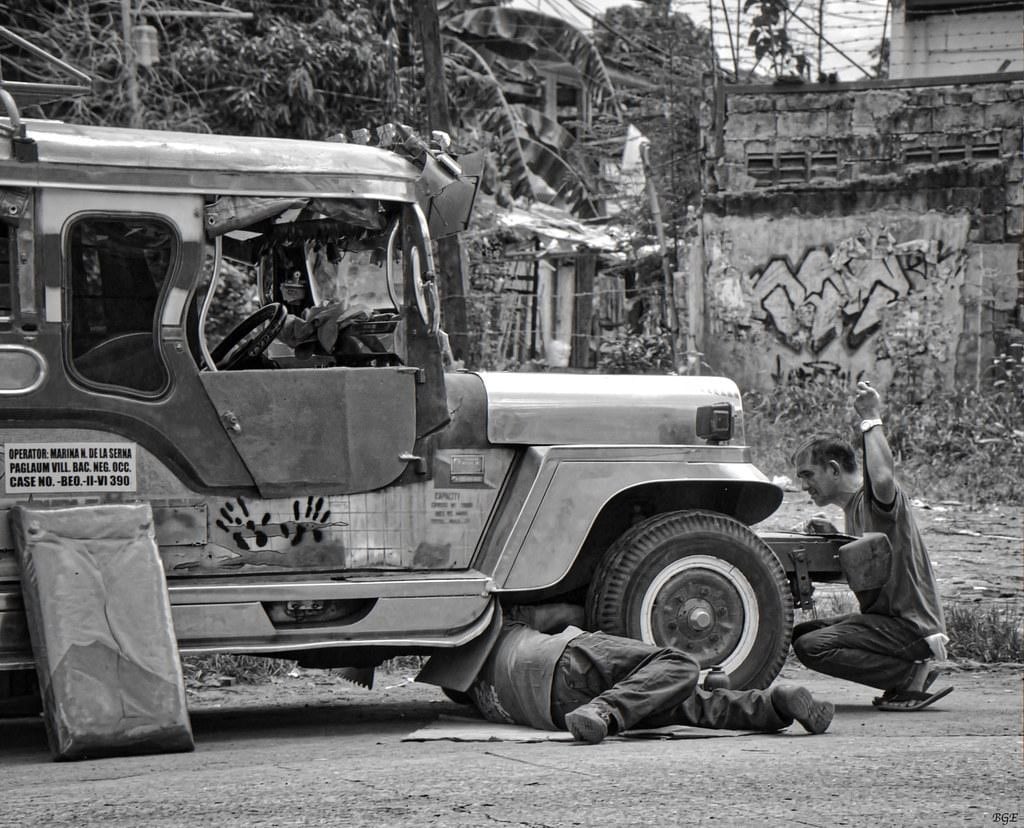
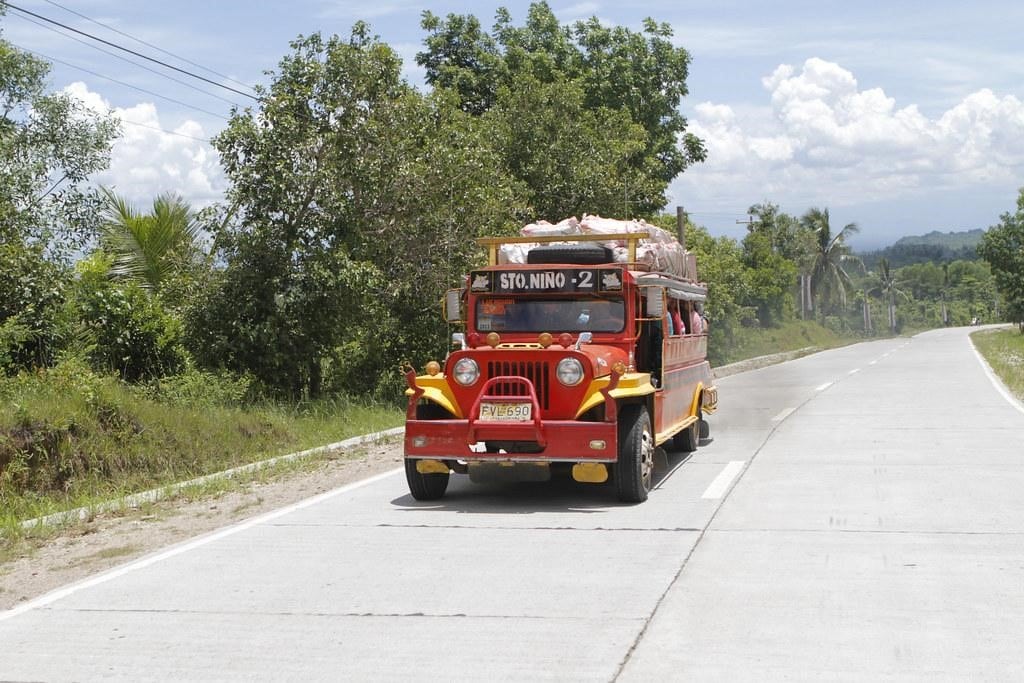
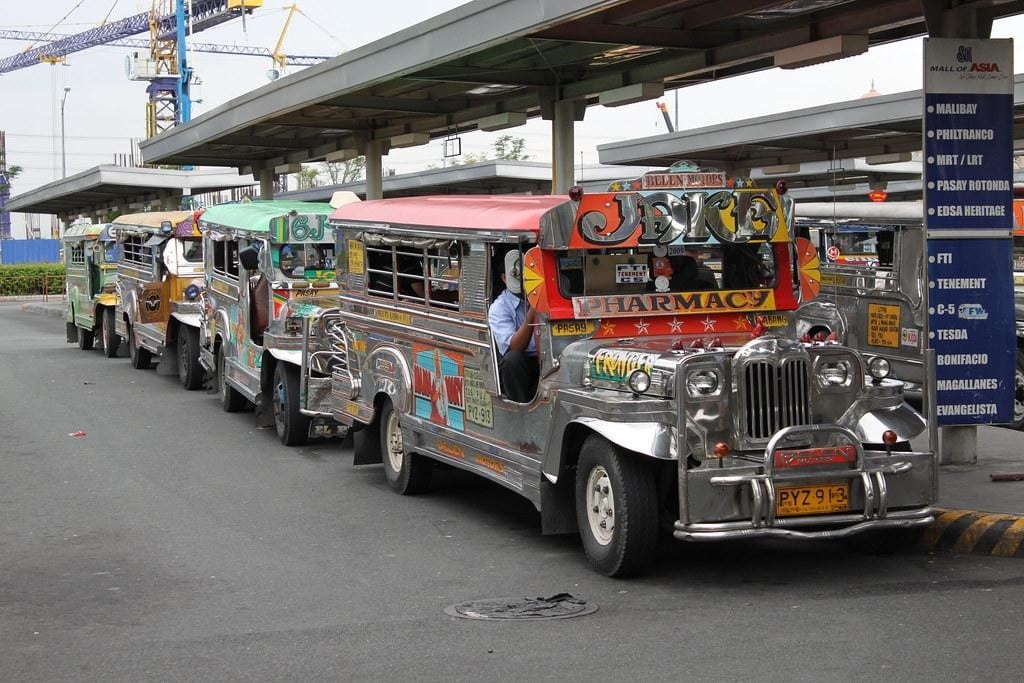
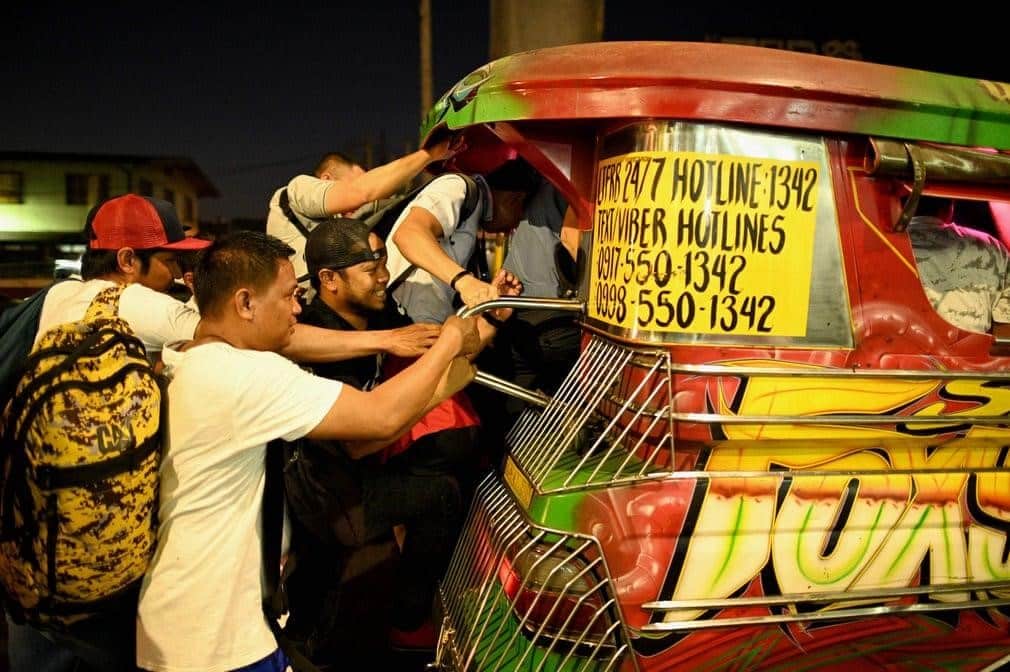
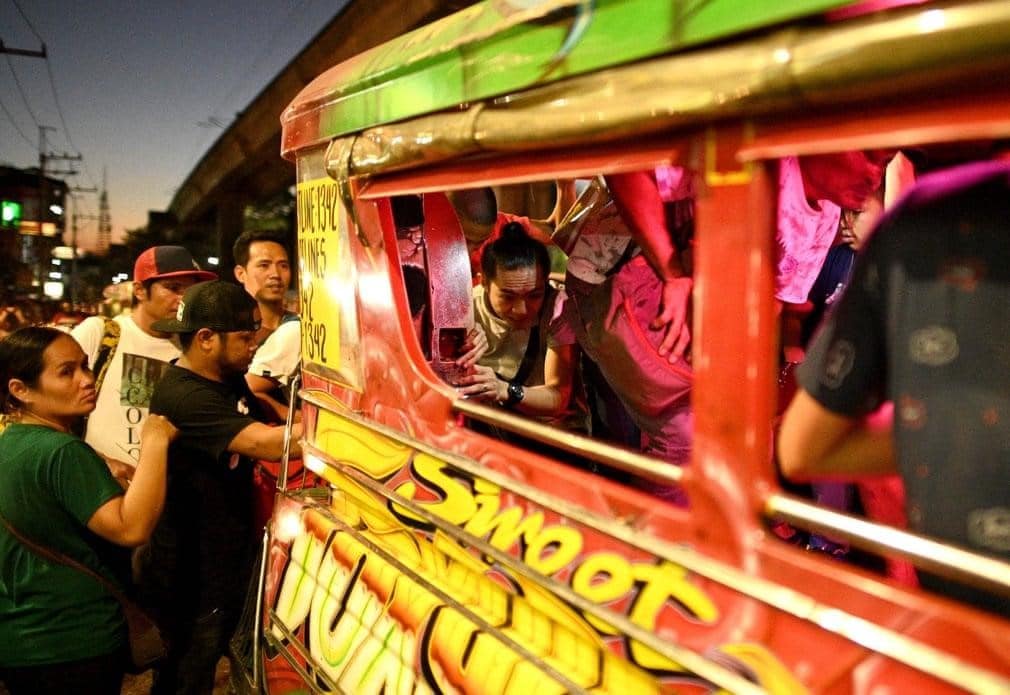
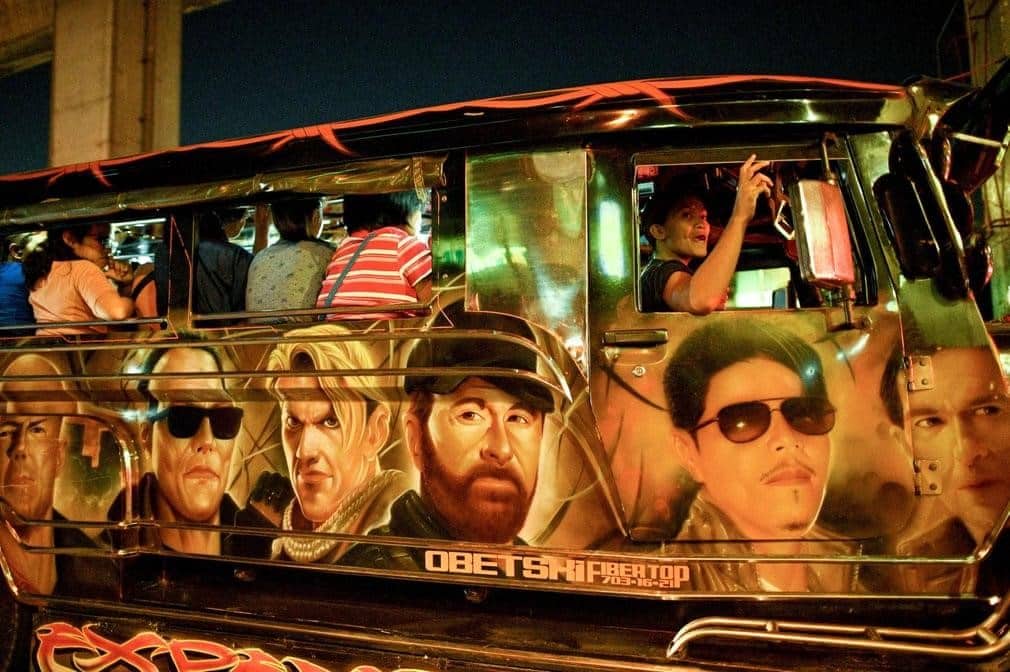

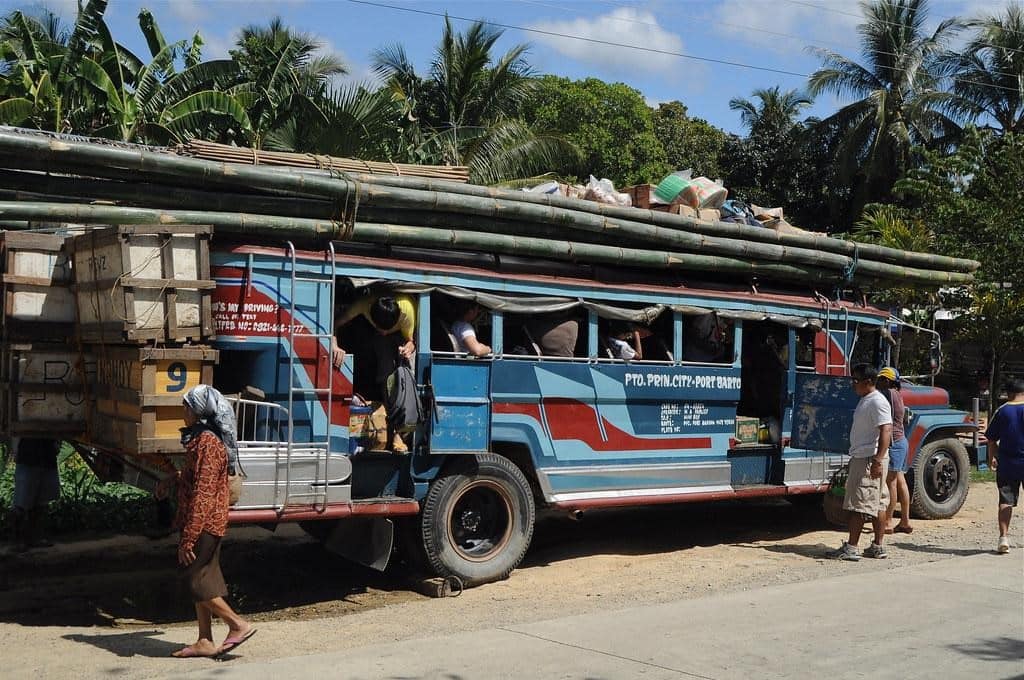

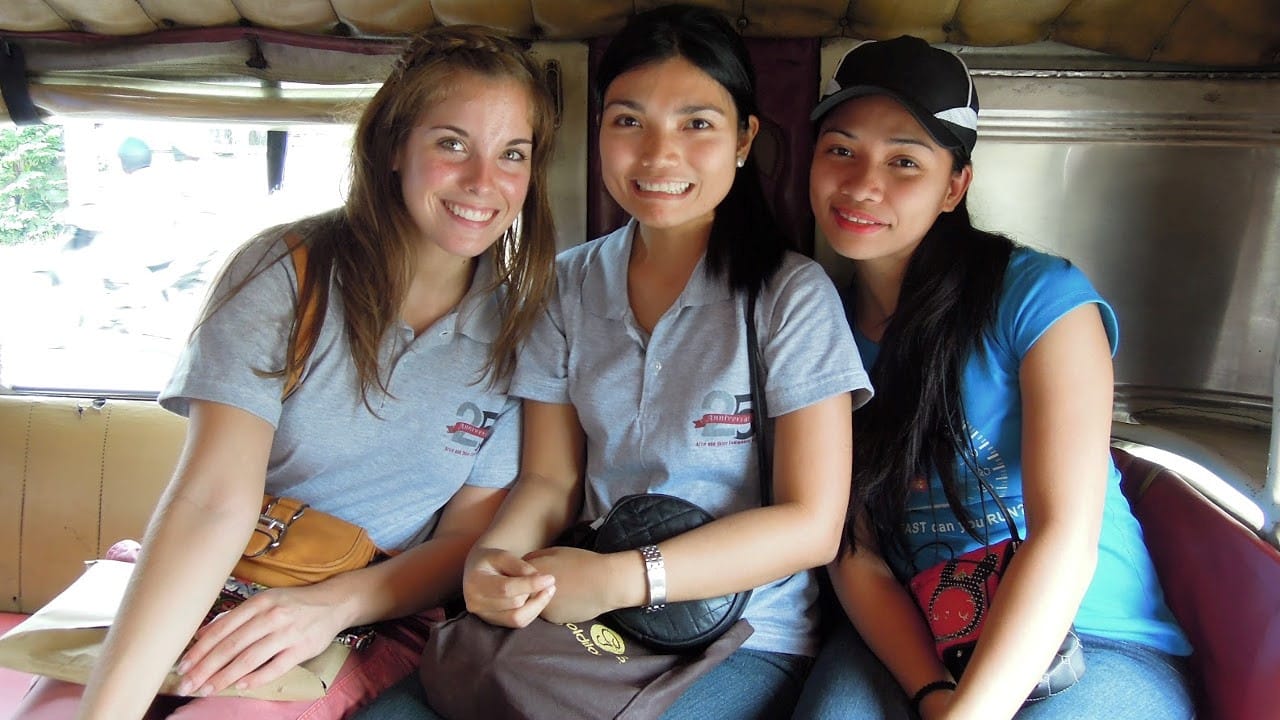
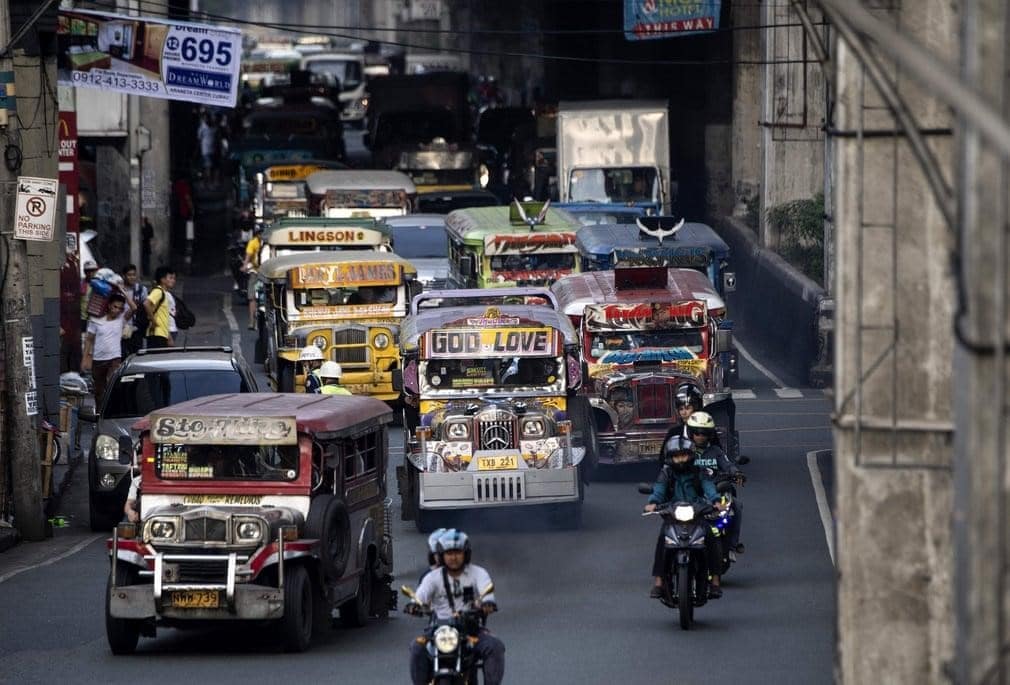
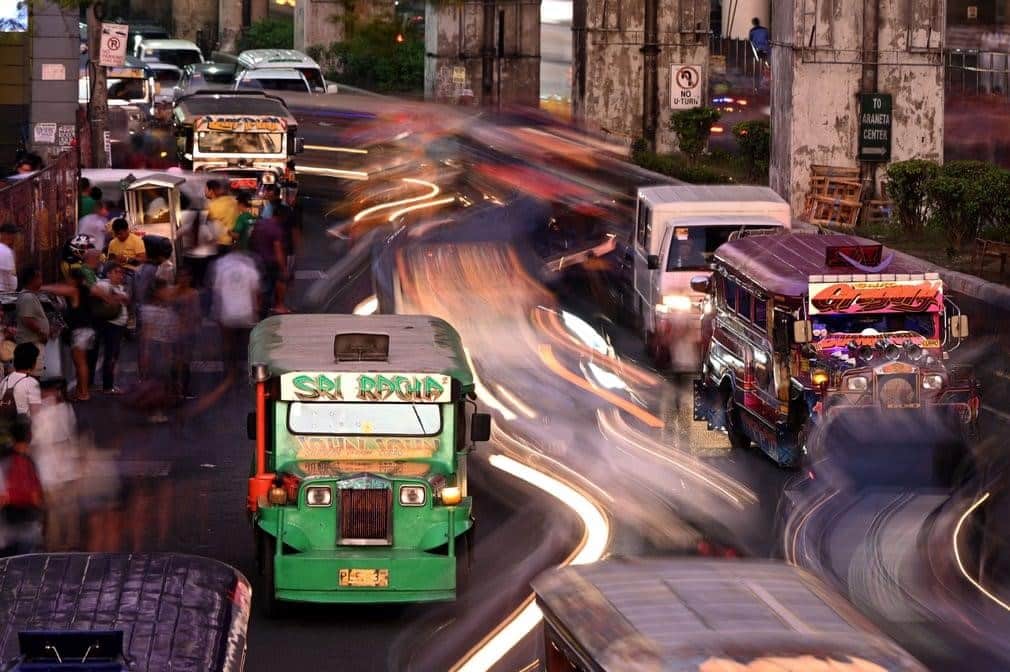
COMMENTS